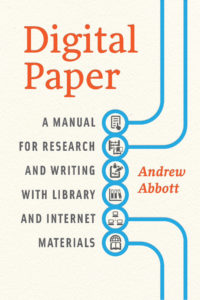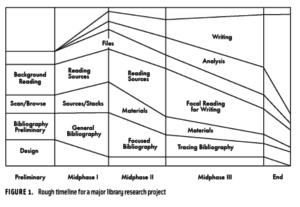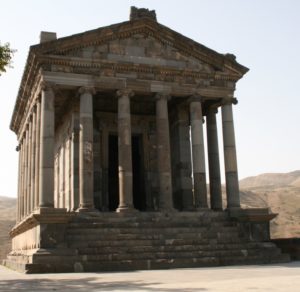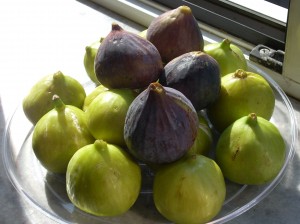A common assignment in college courses is to assign an original research paper, due at the end of the semester. And despite the findings of many pedagogical studies, which suggest that assignments should be scaffolded (broken into chunks that build on each other), the final paper is often left just as that—a single assignment which we expect our students to call into being from nothing. At Truman State University, our History Department majors are expected to write a capstone paper at the end of their time at the school, and fortunately, the capstone is scaffolded by a research course. However, that research course is also taken near the end of the students’ careers at Truman, and they might enter the research course with very little experience or understanding of research—despite being fourth-year students.
 This spring, to help support students’ research skills, I ran an experiment in my two upper division History courses. I decided to require Andrew Abbott’s Digital Paper: A Manual for Research and Writing with Library and Internet Materials, and to devote class time to discussing most of its chapters. Abbott’s book is ostensibly intended for audiences of varying levels, from undergraduates to professional researchers. Abbott systematizes the act of research and also demystifies it , but I found that students were a little confused by the systematization of research, because it is by nature a nonlinear process. So as Abbott points out, the “system” must account for that nonlinearity. Using Abbott’s system as a guide, I scaffolded the final paper with a handful of assignments: an initial presentation of historical questions; two annotated bibliographies; and a final presentation on the refined questions and preliminary results.
This spring, to help support students’ research skills, I ran an experiment in my two upper division History courses. I decided to require Andrew Abbott’s Digital Paper: A Manual for Research and Writing with Library and Internet Materials, and to devote class time to discussing most of its chapters. Abbott’s book is ostensibly intended for audiences of varying levels, from undergraduates to professional researchers. Abbott systematizes the act of research and also demystifies it , but I found that students were a little confused by the systematization of research, because it is by nature a nonlinear process. So as Abbott points out, the “system” must account for that nonlinearity. Using Abbott’s system as a guide, I scaffolded the final paper with a handful of assignments: an initial presentation of historical questions; two annotated bibliographies; and a final presentation on the refined questions and preliminary results.
I couched the Abbott in terms of an experiment because I was not sure how well students would respond to reading about and discussing the craft of research: would they take Abbott’s advice to heart? Would their research and/or writing be improved by the time we spent on this? Questionnaires filled out by all students at the end of the semester showed that the overwhelming majority of students in both classes thought that the time we spent on Digital Paper was helpful. This blog post will detail the ways in which I found Abbott clearly helped the students, as well as students’ perceptions of the usefulness of the book.





